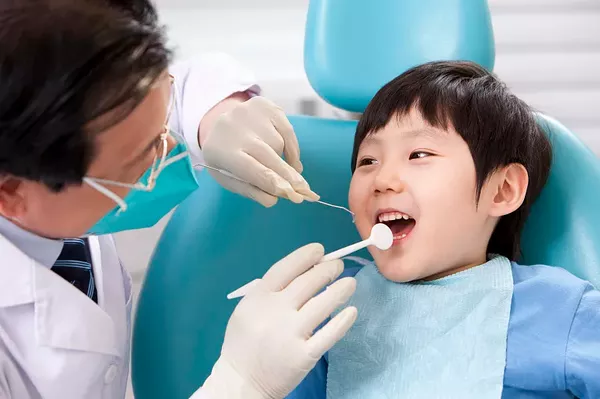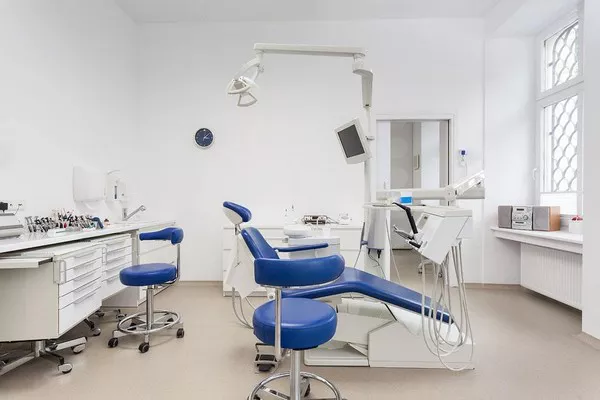As a parent, it can be concerning to see your child’s permanent teeth coming in yellow. While tooth discoloration is relatively common in children, it’s important to understand the underlying causes to determine if there is an issue that needs to be addressed. In this article, we’ll explore why your child’s permanent teeth may be coming in yellow and what steps you can take to address it.
Genetics
One potential cause of yellowing permanent teeth in children is genetics. Unfortunately, some children are simply predisposed to having darker or yellower teeth due to their genes. This is because genetics play a significant role in determining the color and thickness of tooth enamel, which can impact how white or yellow a child’s teeth appear. If one or both parents have naturally yellow teeth, their child is more likely to inherit this characteristic.
- Regular dental checkups and cleanings can help prevent further discoloration.
- Professional whitening treatments can help improve the appearance of yellow teeth.
Poor Oral Hygiene
Another common cause of yellowing permanent teeth in children is poor oral hygiene. When plaque and bacteria build up on teeth, they can cause discoloration over time. This is especially true if children aren’t brushing and flossing regularly or correctly. Additionally, consuming sugary foods and drinks can also contribute to tooth decay and yellowing.
- Encourage your child to brush twice a day for two minutes each time.
- Make sure they floss at least once a day to remove any trapped food particles.
- Limit sugary snacks and drinks and increase water intake.
Medications
Certain medications can also lead to yellowing permanent teeth in children. For example, antibiotics like tetracycline and doxycycline can cause tooth discoloration when used during tooth development. Similarly, antihistamines and blood pressure medications can also discolor teeth.
- If your child is taking any medication, talk to their pediatrician or dentist about potential side effects.
- If your child needs antibiotics, discuss alternative options with their healthcare provider.
Trauma
In some cases, trauma or injury to a child’s baby teeth can impact the development of permanent teeth and lead to yellowing. This is because damage to baby teeth can affect the blood supply to the developing permanent teeth, leading to discoloration or even death of the tooth.
- If your child has experienced trauma to their baby teeth, make sure to take them to the dentist for an evaluation.
- Dental treatments like bonding or veneers may be recommended to improve the appearance of discolored permanent teeth.
Fluorosis
Fluorosis is a condition that occurs when children consume too much fluoride during tooth development. This can lead to white or brown spots on teeth as well as yellowing or darker spots. While fluorosis is generally not harmful to dental health, it can impact the appearance of teeth.
- Make sure your child is using a fluoride toothpaste appropriate for their age and not swallowing it.
- Check to see if your child’s water supply is fluoridated, and speak to their dentist about additional fluoride supplements if necessary.
In conclusion, there are several possible reasons why your child’s permanent teeth may be coming in yellow. Genetics, poor oral hygiene, medications, trauma, and fluorosis are all potential culprits. By understanding the underlying causes of tooth discoloration, parents can take steps to prevent further yellowing and improve the appearance of their child’s teeth. Regular dental checkups and cleanings, proper oral hygiene practices, and healthy dietary habits can go a long way in preserving dental health and preventing tooth discoloration.
Related Topics:
































